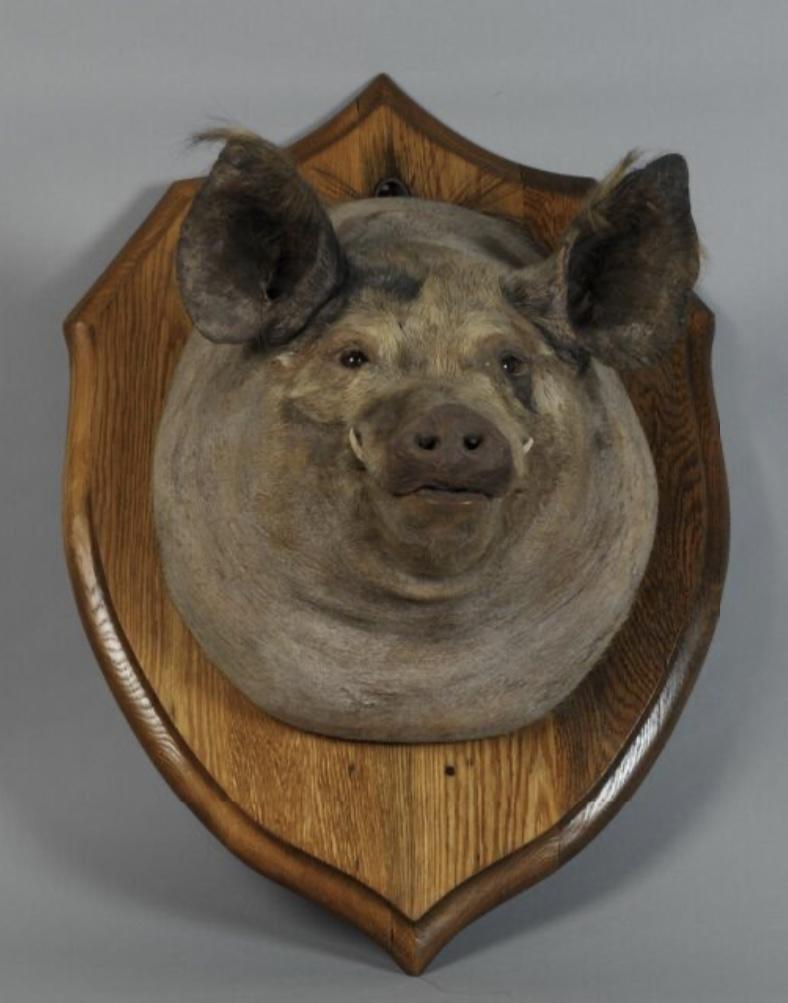
Tirpitz the war Pig
Tirpitz: The Wartime Pig with a Peaceful Heart
Tirpitz was no ordinary pig. Her story is one of survival, odd alliances, and a touch of humor amidst the darkest times of war. Rescued from the wreckage of a German warship during the First World War, she became an unlikely British naval mascot, living through events that would shape modern history and offering a unique, if porcine, perspective on naval life during war.
It all began in 1914, in the early stages of the First World War. The German light cruiser SMS Dresden, one of the few remaining ships of the German East Asia Squadron, was being hunted by British forces after the Battle of the Falkland Islands. The Dresden sought refuge near the Chilean coast but was cornered by British ships, including HMS Glasgow. Unable to escape, the German crew scuttled the ship to avoid capture. As the Dresden sank into the Pacific waters, something surprising happened—among the flotsam and chaos, a pig was seen paddling for her life.
British sailors aboard the HMS Glasgow noticed the animal and, amused and sympathetic, fished her out of the sea. They brought her aboard, fed her, and cleaned her up. It was soon revealed that she had been kept aboard the German vessel as a source of fresh meat—standard practice at the time for long naval journeys. But her fate took a dramatic turn. Instead of ending up on a plate, she became a mascot and was affectionately named Tirpitz, after the German Admiral Alfred von Tirpitz.
Tirpitz quickly adapted to life aboard a British ship. She was spirited, friendly, and somewhat mischievous. She became a familiar presence on deck, followed the sailors around, and even had a ration card issued in her name. During long and often tense patrols, Tirpitz provided comfort and levity. Her antics lifted spirits—stealing food, getting underfoot, and sometimes startling officers with sudden grunts in quiet moments.
Sailors grew attached to her, and she was treated with unusual respect and affection. The name “Tirpitz” may have originated as a joke at the enemy’s expense, but it quickly became a term of endearment. The pig was symbolic—not just of the crew’s small victory in salvaging something from a scuttled enemy ship—but also of the strange twists of fate in war. A pig, destined for slaughter aboard a German vessel, was now a pampered mascot on a British one.
Though Tirpitz’s origins were rooted in the First World War, her legend persisted well into the Second. Naval mascots were common throughout both wars. From goats to dogs to cats, these animals brought familiarity and morale to the men serving on cold, metal ships far from home. Tirpitz, however, was one of the most storied. While she herself did not serve in the Second World War, her name and legend were kept alive. Her story was passed down through generations of sailors as an example of British wit and wartime irony.
When her time with the Navy came to an end, Tirpitz was retired to a quiet farm in Britain. There, she lived out the rest of her life peacefully, far from the dangers of the open sea. After her death, the British Admiralty donated her preserved head and bristles to the Imperial War Museum in London. Today, they remain on display—not in mockery, but in tribute to an animal who, in her own way, became part of Britain’s naval history.
Tirpitz may have started her life on a German warship as livestock, but she ended it as a celebrated mascot who survived battle, won the hearts of sailors, and became a curious but cherished symbol of resilience and humanity during wartime.










